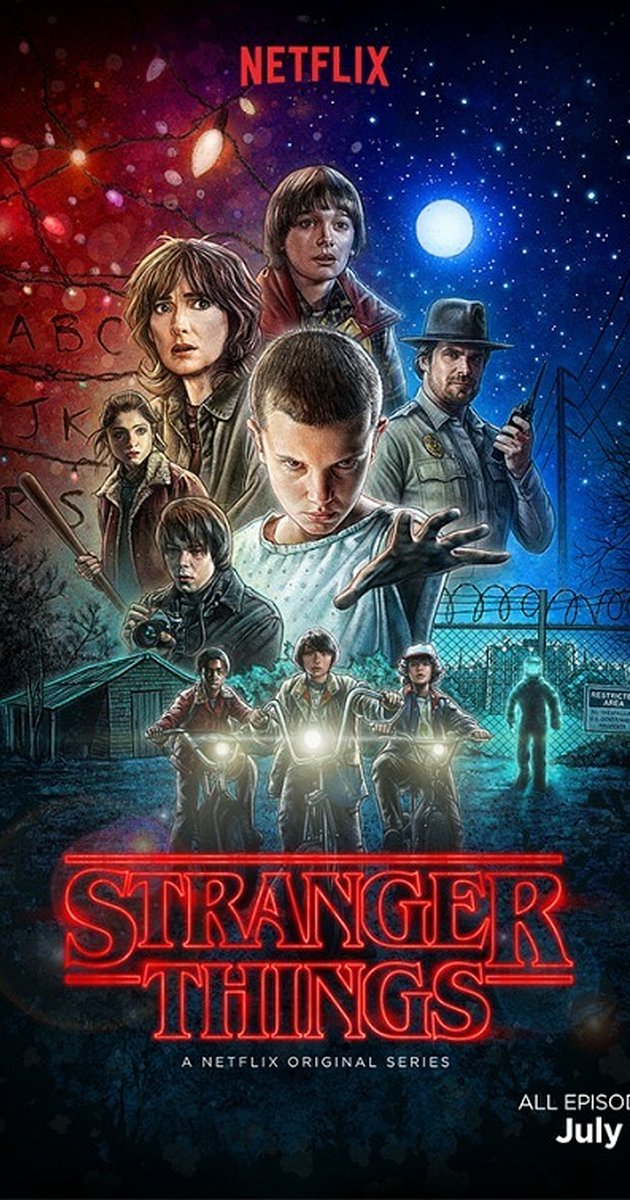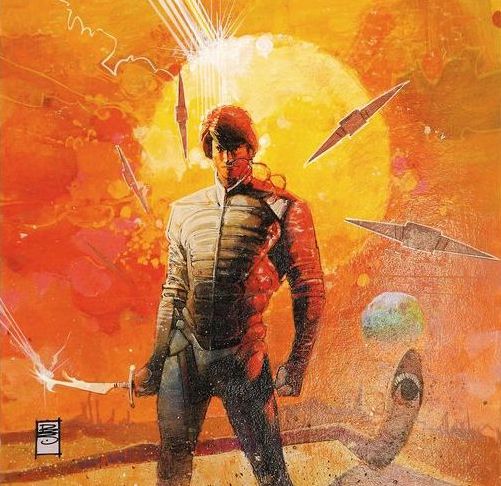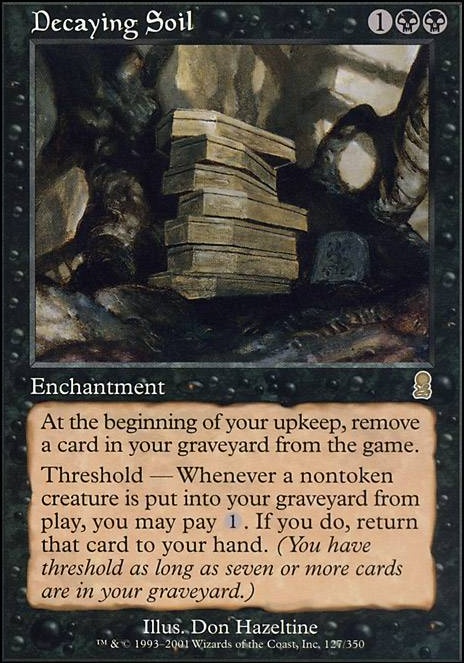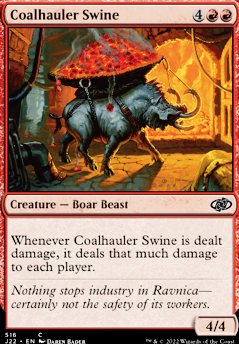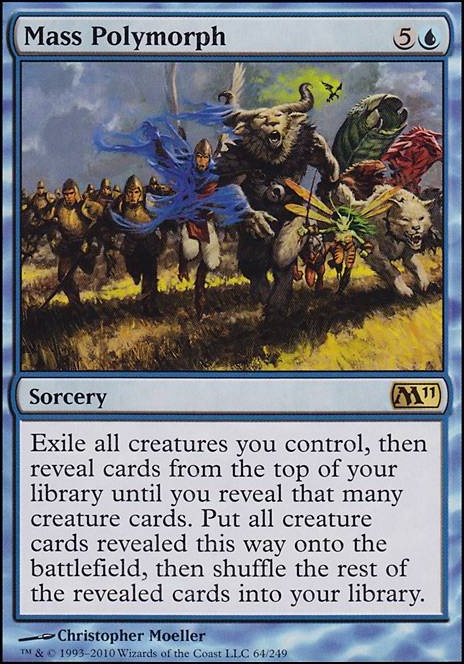
Stranger Things Halloween Zombie Horde
Commander / EDH* Casual Horde Magic Suicide Black Tokens Zombie
| Top Ranked |
|
| Date added | 8 years |
| Last updated | 7 years |
| Legality | This deck is not Commander / EDH legal. |
| Rarity (main - side) | 15 - 0 Mythic Rares 57 - 0 Rares 34 - 0 Uncommons 60 - 0 Commons |
| Cards | 166 |
| Avg. CMC | 4.31 |
| Tokens | Morph 2/2 C, Zombie 2/2 B |
| Folders | HORDE, Deck Ideas, random cool decks and stuff, Inspiration, Decks, EDH - Someone Else's Deck, EDH/Commander, Decks I like, Special Rules, Cool decks to try. |
| Votes | |
| Ignored suggestions | |
| Shared with | |
| Views |
Zombies! (86)
- 1x Bog Raiders
- 1x Cemetery Reaper
- 3x Crow of Dark Tidings
- 1x Deathbringer Thoctar
- 2x Diregraf Colossus
- 2x Dread Slaver
- 4x Fleshbag Marauder
- 1x Gangrenous Goliath
- 1x Geralf's Masterpiece
- 3x Gray Merchant of Asphodel
- 1x Gurmag Angler
- 4x Headless Horseman
- 2x Liliana's Reaver
- 2x Marsh Hulk
- 3x Mindless Null
- 1x Noosegraf Mob
- 2x Noxious Ghoul
- 1x Order of Yawgmoth
- 4x Rancid Rats
- 2x Raving Dead
- 1x Risen Executioner
- 2x Rotlung Reanimator
- 2x Rotting Mastodon
- 1x Sanguine Guard
- 2x Shambling Attendants
- 3x Sibsig Host
- 3x Sibsig Icebreakers
- 1x Sidisi's Pet
- 1x Soulless One
- 2x Unbreathing Horde
- 12x Undead Servant
- 2x Undead Warchief
- 2x Vengeful Dead
- 2x Viscera Dragger
- 2x Voracious Null
- 1x Vulturous Zombie
- 2x Zombie Goliath
- 1x Zombie Master
- 3x Zombie Mob
Sorceries (39)
- 2x Army of the Damned
- 1x Barter in Blood
- 1x Culling Sun
- 2x Drown in Sorrow
- 1x Empty the Catacombs
- 1x From Under the Floorboards
- 1x Fury of the Horde
- 1x In Garruk's Wake
- 1x Infest
- 2x Innocent Blood
- 1x Languish
- 2x Living Death
- 2x Merciless Eviction
- 1x Morality Shift
- 1x Nature's Ruin
- 1x Nausea
- 1x Necromantic Selection
- 1x Perish
- 1x Plague Wind
- 1x Pox
-
2x
Rise from the Tides

- 1x Rise of the Dark Realms
- 1x Smallpox
- 2x Soulquake
- 3x Syphon Flesh
- 2x Twilight's Call
-
1x
Virtue's Ruin

- 1x Zombie Apocalypse
-
1x
Zombie Apocalypse

The Walking Dead (12)
- 3x Carnage Gladiator
- 1x Champion of Stray Souls
- 3x Gloomhunter
- 1x Midnight Banshee
- 1x Mournwillow
- 1x Rot Farm Skeleton
- 2x Skeletal Kathari
4th Wave General (1)
Commander (1)
Enchantments (20)
- 1x Bad Moon
- 1x Bloodbond March
- 1x Call to the Grave
- 1x Dawn of the Dead
- 1x Death Pit Offering
-
1x
Death Pit Offering

- 1x Death Pits of Rath
- 1x Descent into Madness
- 2x Endless Ranks of the Dead
- 1x Gibbering Descent
- 1x Graf Harvest
- 1x Grave Betrayal
- 1x Mortuary
- 1x Season of the Witch
-
1x
Tainted Remedy

- 1x Triskaidekaphobia
- 1x Underworld Dreams
- 1x Virulent Plague
- 1x Widespread Panic
The Demogorgons (3)
1st Wave General (1)
2nd Wave General (1)
3rd Wave General (1)
5th Wave General (1)
Maybeboard
Other (1)
Suggestions
Updates Add
Comments
Attention! Complete Comment Tutorial! This annoying message will go away once you do!
Important! Formatting tips — Comment Tutorial — markdown syntax
Please login to comment
| Top Ranked |
|
| Date added | 8 years |
| Last updated | 7 years |
| Legality | This deck is not Commander / EDH legal. |
| Rarity (main - side) | 15 - 0 Mythic Rares 57 - 0 Rares 34 - 0 Uncommons 60 - 0 Commons |
| Cards | 166 |
| Avg. CMC | 4.31 |
| Tokens | Morph 2/2 C, Zombie 2/2 B |
| Folders | HORDE, Deck Ideas, random cool decks and stuff, Inspiration, Decks, EDH - Someone Else's Deck, EDH/Commander, Decks I like, Special Rules, Cool decks to try. |
| Votes | |
| Ignored suggestions | |
| Shared with | |
| Views |
